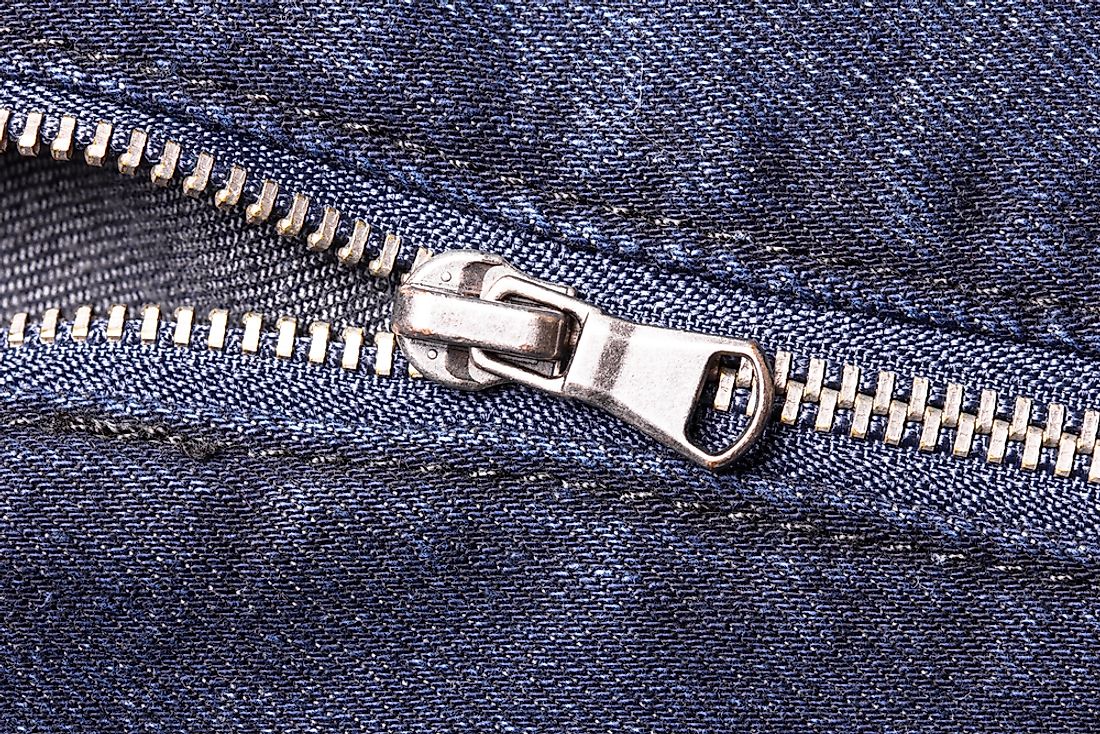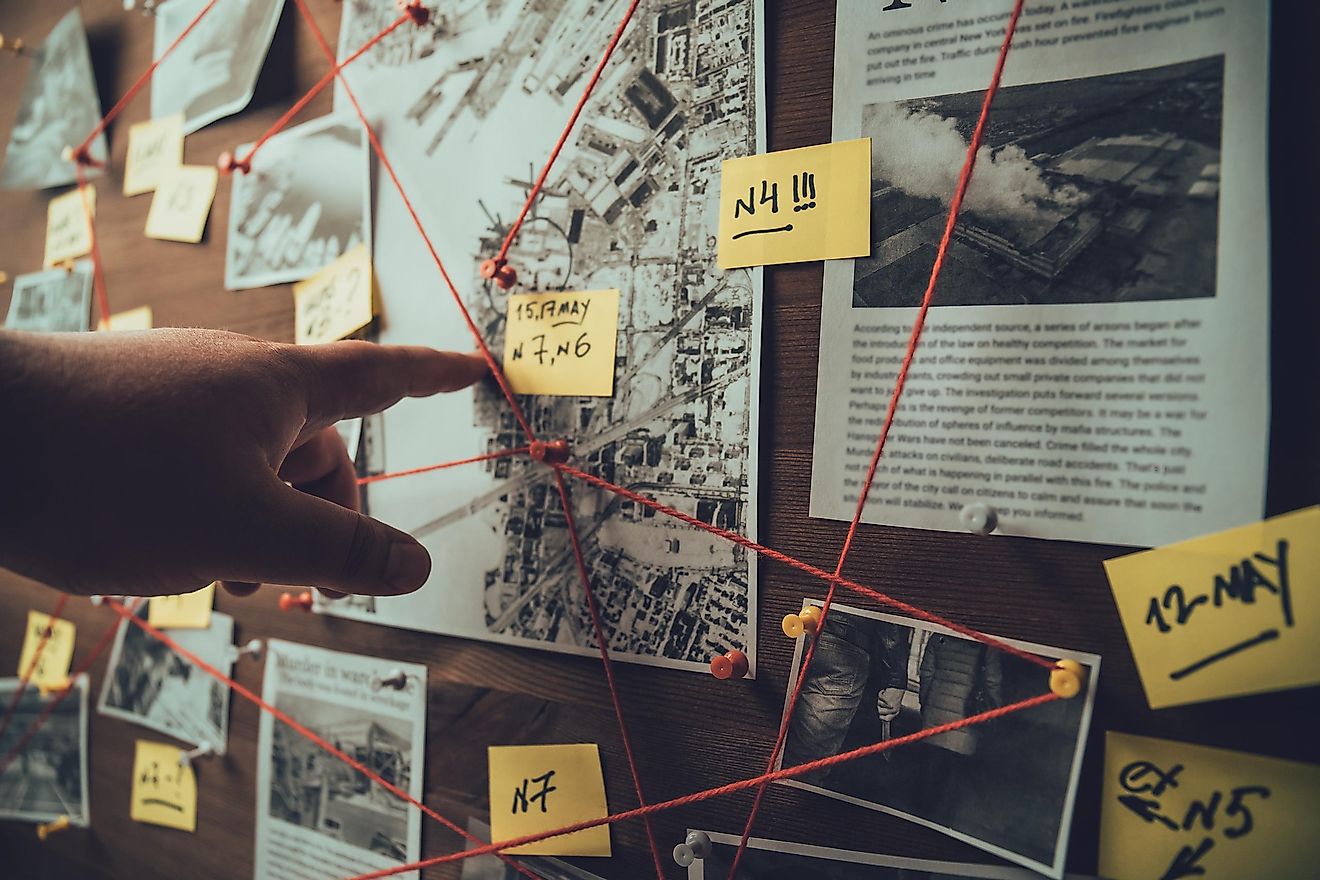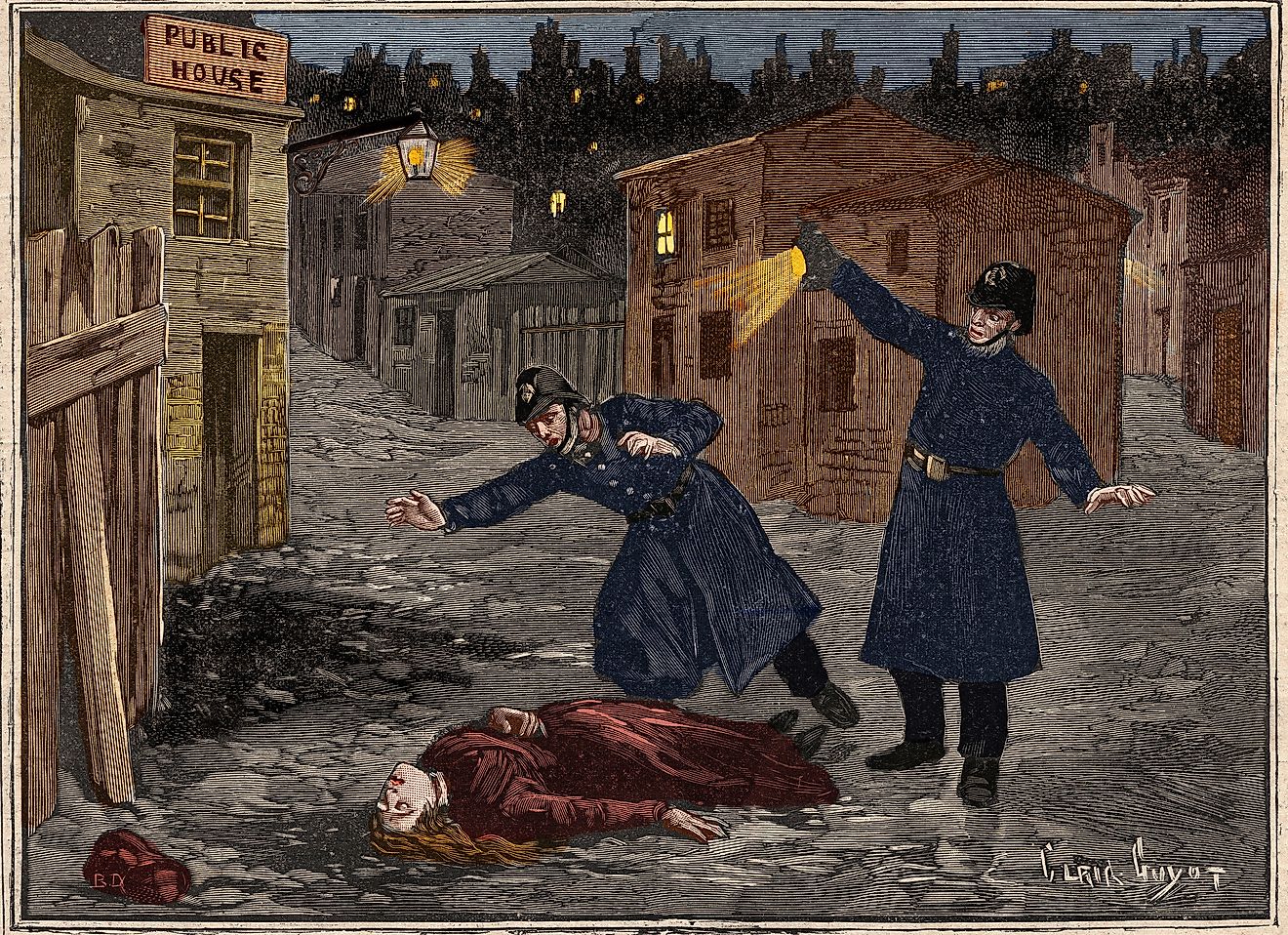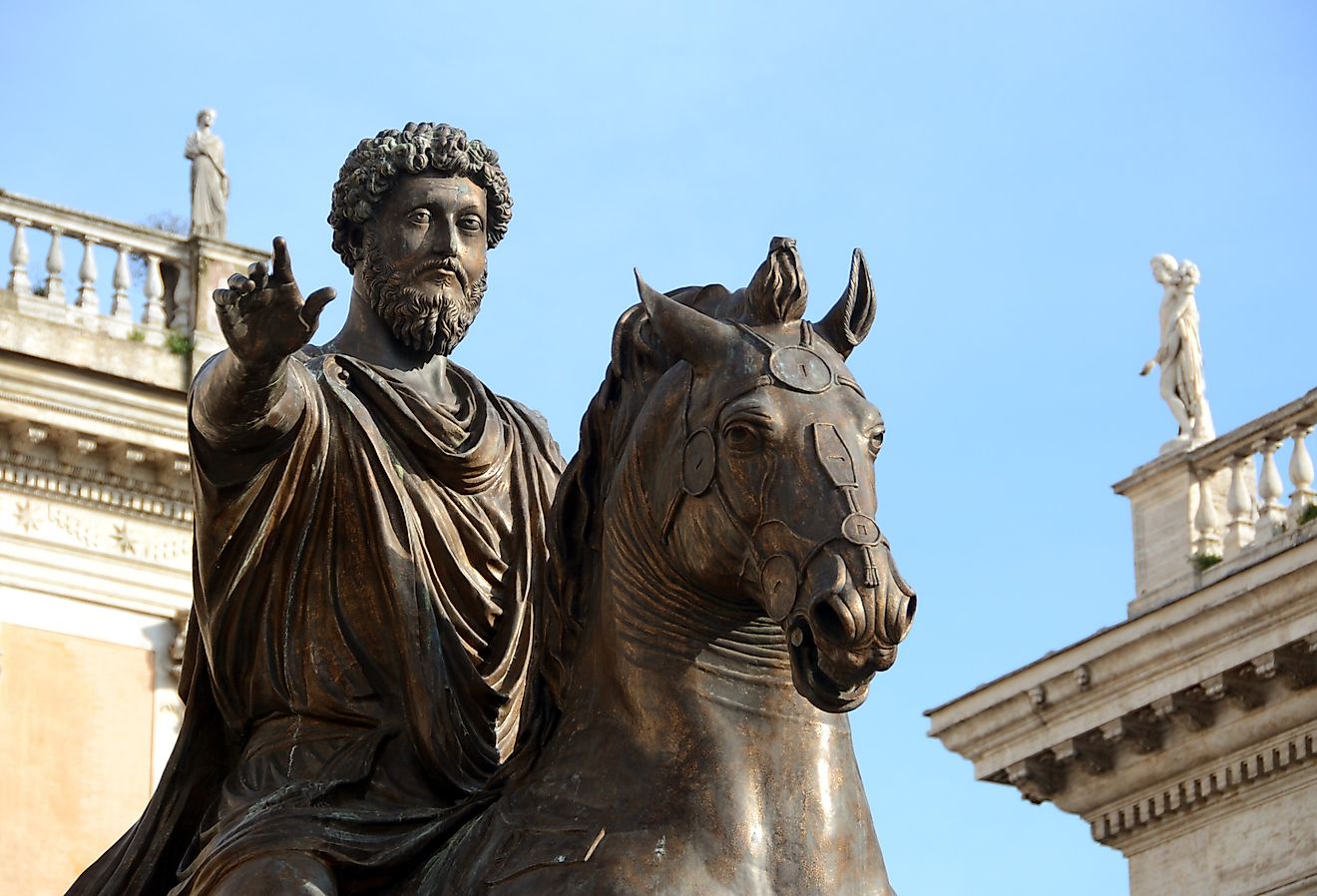10 Great American Inventions

The United States has a great history of producing inventors and innovations that the whole world uses. Explore 10 of these great American inventions below!
10. The internet
The Internet allows computer and handheld device users to communicate with one another through a network of information carrying hardware such as fiber cables and routers connected to a provider. The Internet has a history as early as the 1950s when computers were connected to each other using similar networks to the Internet to communicate with one another. This type of communication was widely a government, military, or university technology due to the expense and size of computers at this time. 1993 saw the development of a browser, Mosaic, later Netscape Navigator, invented by Marc Andreessen. This browser not only created the foundation for everything we take for advantage on the internet today but was widely used and accessed by many of the Internet's first users.
9. Zipper
Elias Howe perhaps invented the idea of the zipper with his 1851 patent of a "Automatic, Continuous Clothing Closure", but his idea was never marketed seriously as his sewing machine company was doing well at the time. In 1893, Whitcomb Judson received a patent for a "Clasp Locker", which was a similar idea to Howe's patent in 1851. Being the first one to market the idea however, Judson is often credited with inventing the zipper. The next couple of decades saw big improvements made upon the original designs, and by the 1930s, children's clothes had zippers on them. Today, the zipper is used on clothing, suitcases, wallets, and many more everyday items.
8. Lightbulb
October 14, 1878 marked the date that Thomas Edison filed his first patent of a light bulb. By November 4, 1879, Edison had made various improvements upon the original and filed for a patent for a product that was an electric lamp powered by "a carbon filament or strip coiled and connected ... to platina (metal) contact wires". In 1880, Edison began marketing the light bulb commercially through his company, the Edison Electric Light Company. Today light bulbs are more energy efficient as well as lasting a lot longer than the original design. Aesthetically, not a lot has changed since the invention's mass production in the 1880s.
7. Car airbag
John W. Hetrick was awarded the patent for the car airbag on 18 August, 1953, but the first large-scale commercial use of a car airbag did not come until 1971. His experiences as an engineer and a member of the United States Navy had given him experience with compressed air, used to launch torpedoes, and this was what powered his new invention. The invention has become very important in terms of automotive safety and there are many numerations, variations and positions for the modern airbag/s within an automobile. Today, any vehicle sold new in the United States must have an airbag installed.
6. Artificial heart
The artificial heart is a device that acts as a replacement for the heart, either temporarily, or permanently. Essentially it is a mechanical pump, and produces very similar functions to that of a human heart. Although the idea for a mechanical heart aid was thought of as early as the 1940s, 1982 was the year the first artificial heart was successfully implanted into a human and it was named the Jarvik-7 heart. There have been many developments in the artificial heart and today, an artificial heart can cost US$125,000!
5. Fire alarm system
The fire alarm system was invented by William Channing and Moses Farmer. The first installation occurred on April 28, 1852, in Boston. The initial system involved circuit boxes and alarms that were connected to one another, speeding up the communications process and reaction time during this type of emergency. The modern fire alarm today can be found within sprinkler systems, smoke alarms, commercial buildings, and even vehicles such as planes and buses. These can either be connected directly to a fire department or the alarm can be used to notify the occupant of a fire danger.
4. Pacemaker
Albert Hyman, an American physiologist, is credited with the invention in 1932 and named it the "artificial pacemaker". It was first tested upon animals and was highly controversial at the time. The pacemaker uses electric impulses to regulate the human heart beat, treating a heart related problem known as arrhythmia. The 1970s saw a great development for the invention with the introduction of long-life batteries and these allowed the pacemaker to become more reliable. Modern pacemakers are extremely small, about the size of a large coin, and are directly implanted near the heart.
3. Dental floss
In 1819, Levi Spear Parmly, a dentist from New Orleans, published a book about caring for your teeth and recommended the practice of flossing. Although being credited with 'inventing' dental floss', the idea was not patented until 1874 by another man, Asahel M. Shuffler. 1896 marked the production of the dental floss from Johnson & Johnson and in 1898 they would file a patent for floss made from silk. Silk was replaced in the 1940s by nylon and today dental floss can be made of many different materials depending on your preference.
2. Phonograph
Thomas Edison invented the phonograph in 1877 and it allows the recording and reproduction of sound. There had been inventions that had previously been able to record sound, but these were not able to reproduce the recorded sound. Alexander Graham Bell made improvements to the invention during the 1880s and the phonograph record was actually the most dominant medium for audio recording and listening throughout the 20th Century. The phonograph can also be known as a gramophone and can be considered the great-great grandfather of the modern DJ turntables.
1. Hearing aid
Some of the first hearing aids in the 17th Century were trumpets that were literally held up to the ear in order to magnify sound. The telephone was an important step towards a electric hearing device, and in 1895, Miller Reese Hutchison created the first electric hearing aid which he named the akouphone. The first commercially available digital hearing aid was released in 1987, and since then, this invention has become ultra-modern and can even be paired with smart-phones to enjoy calls, music or anything else that requires hearing!











